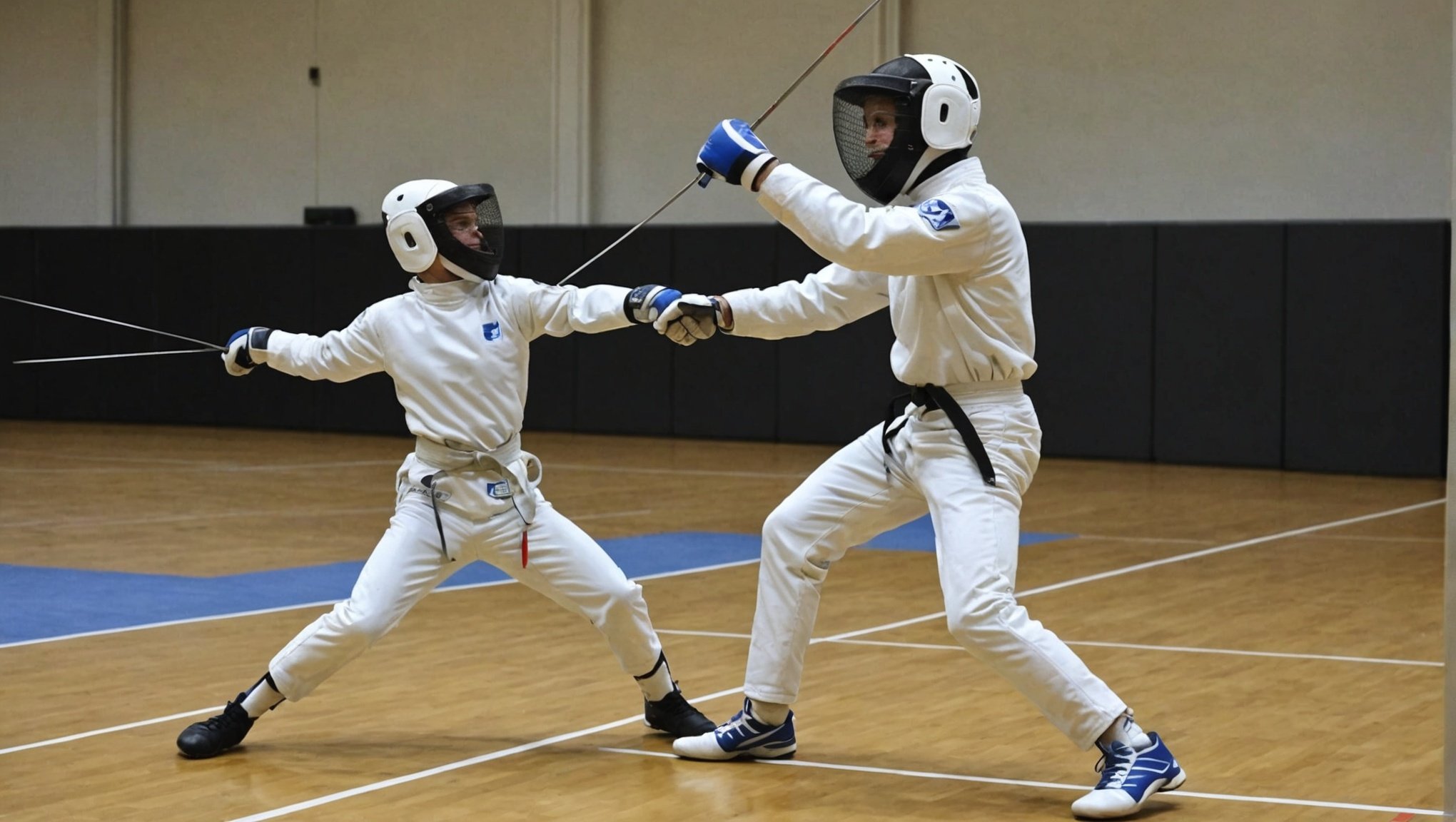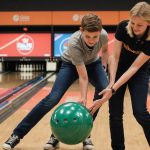Understanding the Importance of Reaction Times in Fencing
Reaction times are a critical aspect of fencing, directly affecting a fencer’s performance and success. In a sport where milliseconds can determine the victor, a fencer’s ability to quickly respond to an opponent’s movements and attacks is essential. Enhanced reaction times enable fencers to block, parry, and counterattack efficiently, giving them a distinct advantage during a bout.
When reaction times are sluggish, the consequences can impact match outcomes significantly. Slow responses allow opponents to exploit openings in defence and control the pace of the bout, often resulting in the loss of crucial points. This highlights the necessity for fencers to focus on enhancing their reaction speeds.
Topic to read : Unveiling the Lasting Heart Health Benefits of Consistent Rowing: A Deep Dive into Cardiovascular Wellness
Tactical awareness plays a substantial role in refining reaction times. By understanding an opponent’s patterns and strategically anticipating their moves, fencers can make quicker decisions, leading to faster reactions. Tactical training that emphasises analysing opponents and predicting their actions helps build this awareness. As fencers enhance their reaction times and tactical knowledge, their overall performance in matches drastically improves, offering a competitive edge on the piste. Thus, concerted efforts in tactical training serve not only to improve reaction times, but to fortify a fencer’s agility and foresight.
Practical Drills to Enhance Reaction Times
Engaging in reaction speed exercises is essential for athletes across various disciplines. By incorporating targeted training drills, individuals can boost their reflexes and performance.
Also read : Unveiling the Lasting Heart Health Benefits of Consistent Rowing: A Deep Dive into Cardiovascular Wellness
Solo Drills for Individual Improvement
Practicing alone? One effective method is shadow fencing. This exercise enhances both technique and speed without needing a partner. By mimicking movements against an imaginary opponent, athletes can refine their skills and gain better reaction speed. Additionally, agility ladders are excellent tools for improving footwork. By working through various ladder patterns, practitioners can increase their quickness and coordination.
Partnered Drills for Real-World Application
For a more applied practice, partnered drills can make a significant impact. These exercises emphasize timing and distance management, critical components during sparring. Reaction-based games with a partner simulate competitive pressure, sharpening the athlete’s ability to respond swiftly to unpredictable movements.
Incorporating Technology in Training
Leveraging technology enhances training drills. Apps and devices that track and measure improvements provide instant feedback. For those looking at self-assessment, video analysis is invaluable, aiding in recognizing areas that need refinement. Furthermore, integrating virtual reality tools offers a unique way to engage in tactical training, making sessions both innovative and effective.
Tactical Approaches to Speed Up Decision-Making
In the world of competitive fencing, developing and honing tactical training is essential for swift and effective decision-making. Fencers must have rapid mental agility to succeed. Vital tactics include the ability to read an opponent’s moves and intentions quickly. This skill often determines the outcome of a bout.
One primary strategy is to observe an opponent’s stance and movement patterns, identifying potential openings or weaknesses. Acknowledging such cues allows fencers to anticipate future actions and react accordingly, enhancing both offensive and defensive responses.
In addition, mental rehearsal plays a critical role in sharpening decision-making skills. Visualising possible scenarios in advance allows fencers to pre-plan their actions, making immediate responses more instinctual. This form of mental agility builds confidence in one’s choices during intense matches.
Moreover, tactical training must incorporate drills that simulate the real-time intensity of a bout, cultivating quick thinking under pressure. Practising these strategies consistently helps refine a fencer’s decision-making speed and accuracy.
Thus, by integrating these tactical concepts, competitive fencers can accelerate and enhance their decision-making capacity, gaining a competitive edge.
Expert Tips for Sustaining Improvement
Improving skills over the long term requires consistent and structured efforts. To achieve sustained growth, focus on enhancing your core abilities by incorporating ongoing training and skill enhancement strategies. Here is some expert advice to help guide your journey.
Scheduling Training Sessions Effectively
Creating a well-planned training regime is crucial in ensuring skill improvement. Experts recommend:
-
Structured training regimes: Dividing practice into phases can help balance focus on different techniques with tactical drills. Consistency in scheduling helps in maintaining momentum.
-
Importance of recovery and rest: Incorporating rest days is vital, as it helps in muscle recovery and prevents burnout, allowing learners to return stronger.
-
Balancing technique and tactical drills: Integrate both technical skills and strategic exercises in practice. This holistic approach ensures an all-rounded development of abilities.
Setting Measurable Goals
Setting clear, specific, and measurable training goals is integral to tracking progress. Begin by identifying areas needing improvement, then set timelines to achieve these targets.
-
Tracking progress over time is essential in understanding patterns and adjustments needed for growth.
-
Feedback loops play a critical role in refining skills, providing insights into performance and highlighting areas for further improvement, leading to skill enhancement.
Engaging in ongoing training and implementing these methods elevates your expertise efficiently.













